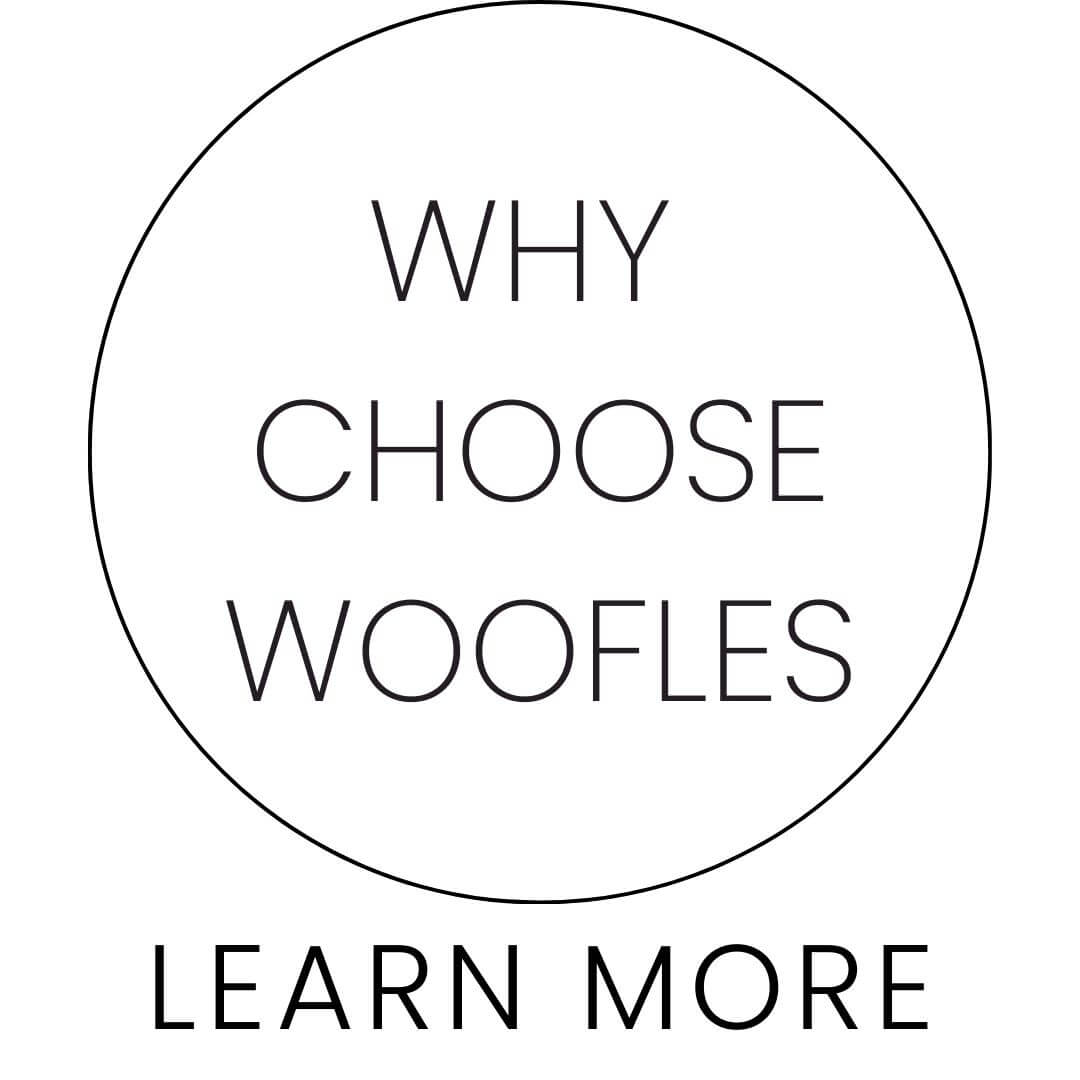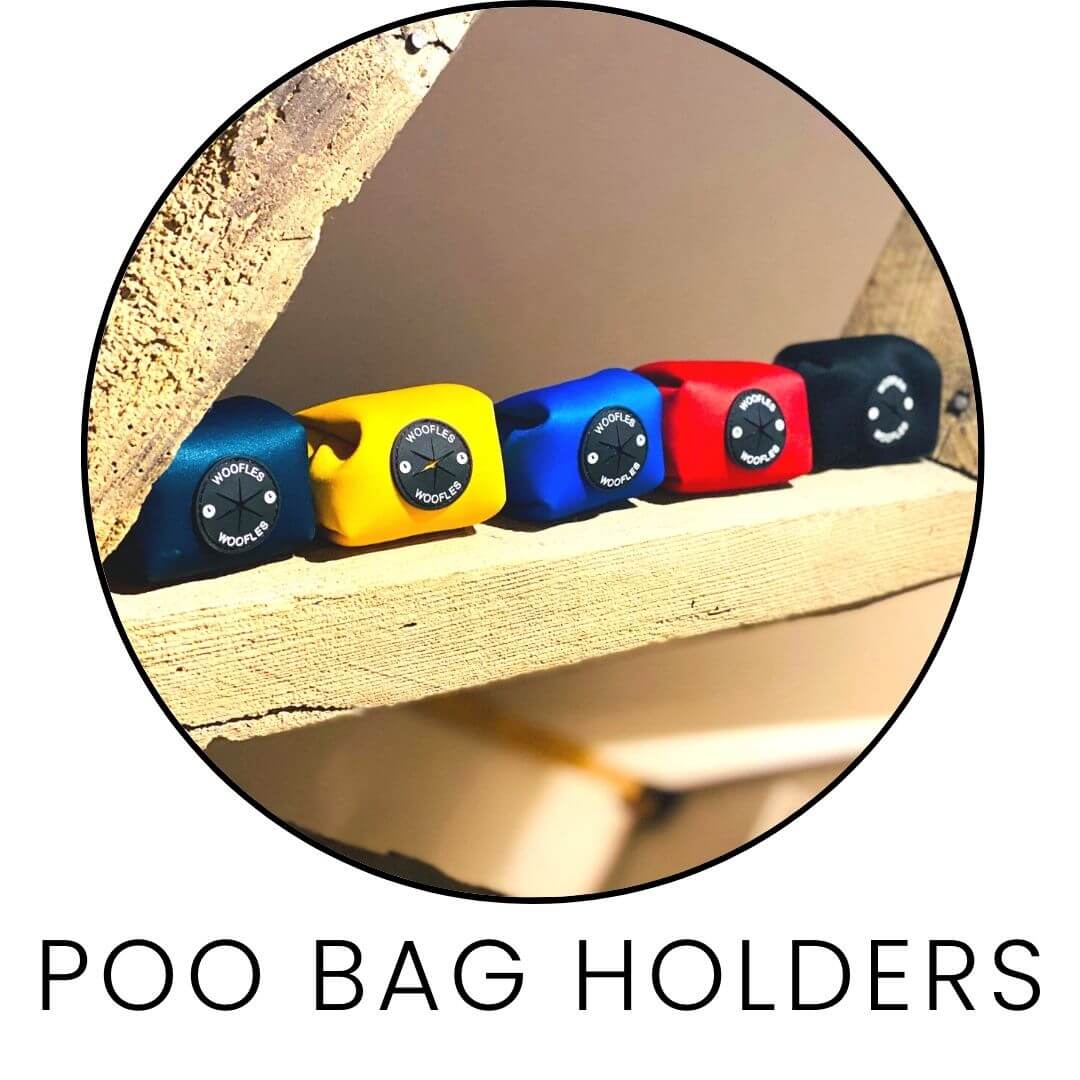
Choosing the right dog trainer

Reward Based Trainer? Balanced Trainer? Fear Free Trainer? Who do you choose?
I’m within the industry and it's difficult enough for me to keep up with all the new terminology and descriptions that trainers use to advertise themselves, never mind for dog owners that may be being exposed to this industry for the first time.
With this in mind I thought I’d try and help you all make sense of different phrases and help you then make a decision on what type of dog trainer you want to work with for you and your dog.
THE LINGO AMONGST DOG TRAINERS
Here are a few common words often used by trainers to advertise themselves. I’ll explain what they mean and what you should be looking out for during your session if you decide to choose that trainer. I will do my best to keep this all opinion free.
Reward based - this refers to them primarily using rewards to help you achieve your goals with your dog. For example, if you have a dog that barks at other dogs, a reward based trainer will reward your dog when they are not barking to help reduce the barking behaviour. Or another example would be, if you have a dog that jumps up at people they would reward your dog when they aren’t jumping up. It is a kind and effective method if used correctly.
Evidence based - this means that the methods the trainer uses has been backed up by science and proven to be effective via scientific research. This should give you confidence that they are driven to get you results however this phrase alone doesn’t give you information on whether the methods are kind methods or not. Harsh, punishment based methods can also be backed up by evidence to show they are effective.
Fear free - this advertises that the methods the trainer uses should not cause your dog any fear. It means the trainer should not be putting pressure on your dog to make them feel uncomfortable and should always be giving the dog the choice to say no to a situation. This means the trainer should have a good eye for dog body language so they can spot when the dog is starting to feel uncomfortable. Fear free methods could be very different for each individual dog. For example, “if you said “no” in a stern voice to an excitable, over friendly Labrador (sorry to pick on the labs but I love them for their extreme friendliness); the Labrador is unlikely to take any notice or it will simply get happier because a person has given them some attention. Therefore in this situation the “no” is a fear free method (but also very ineffective in this situation). However, if a sensitive, nervous Border Collie was told “no” in a stern voice. It will most likely leave the dog cowering or showing submissive behaviours therefore this isn’t a fear free method. In a nut shell, if you decide to choose a trainer that advertises themselves as fear free, you should expect them to not do anything intentionally to cause your dog fear.
Force free - this is very similar to fear free as any form of force could potentially cause your dog fear or pain. It basically means the trainer should not force your dog to do anything. For example, if you go for a lesson to help teach your dog to stop pulling, they shouldn’t advise you to tug or jerk on the lead or use choke leads or anything that may apply pressure like restrictive headcollars. Force free trainers may recommend things like headcollars or harnessed if they are required to keep you and your dog safe but they shouldn’t be the method they use to stop your dog from pulling. Headcollars should be temporary whilst you are in the learning stage of the training. I will do pros and cons of equipment in a later blog post. Another example of force free would be if you have a dog that refuses to go in your car. The force free trainer shouldn’t apply pressure by pulling your dog to make the dog go towards the car; instead they should use methods to encourage the dog to want to go towards the car on its own accord. Similar to fear free, the dog should always have a choice therefore they aren’t being forced to do something.
Unique methods/modification/techniques - this should mean they use a method that no other trainer uses. However, it is unlikely that the trainer is unique as all trainers have learnt from someone and even if they originally came up with the technique the chances are someone is already either copying them because they have seen how effective it is or they are also stumbling across this “new technique”. However, this could mean they will be different for you if you have already tried other trainers or it could show they think outside the box and use common methods in a slightly unique way. Unique methods simply tell you that they are different but it doesn’t tell you anything else about their methods unless it is paired with other descriptive words. Unique methods are also unlikely to be backed up with evidence that suggests they are effective but again that doesn’t mean they won’t be!
Balanced - a balanced trainer refers to themselves as balanced if they use a mixture of rewards and aversives (things the dog doesn’t like) to achieve the desired results. Most balanced trainers favour using rewards but aren’t afraid to apply something your dog doesn’t like to achieve the results. If they are predominately using aversive methods then they aren’t a balanced trainer, they would be a trainer that uses punishment based methods to get their results. Like mentioned earlier when discussing fear free, your dog will be the one that decides what is punishing or not. Balanced trainers are likely to use equipment such as choke chains, electronic collars, sharp tugs of the lead etc., in conjunction with treats and toys.
LIMA or otherwise known as Least Intrusive Minimally Aversive - this describes a trainer that will use a strategy to change a dogs behaviour starting with the least intrusive, minimally aversive method to get the result the owner wants. Its a framework for working with dogs to ensure they aren’t putting them through any unnecessary stress or punishment. The trainer is also very aware that the further up the framework they move the more possible negative side effects will occur. The framework has been successfully used with a wide range of animals. It starts with checking the dog is in good health, has a good diet and their physical environment isn’t causing the problem. it is a good methodical approach to dog training and requires the trainer to have a good sound knowledge to be able to use it correctly.
Positive reinforcement techniques - this refers to the trainer adding something the dog likes to increase a desired behaviour. Therefore, trainers that advertise this are very similar to those that are described in the reward based section above. They should be using methods that maintain a happy dog whilst getting the desired results.

Loose Lead Walking Obedience Dog Training
Natural - now this one is the most vague but is becoming more and more popular. I have seen it used in many different ways therefore my advice is to have a look if they describe what they mean by this or if they use other terminology as well to advertise themselves. This one isn’t very clear and confuses me and I am within the industry! So for this one I will describe how I have seen it used so far and then you can try interpret it within adverts to help you decide whether you like it or not. On some adverts they use the word natural to refer to a dog’s history and link them to wolves and how we first came into contact with them. Now dogs have been domesticated for a very long time therefore they are now nothing like wolves and its a little bit like comparing us to Chimpanzees. Its always great to understand an animals evolution so we can understand more about the history of the dog however as animals evolve so do methods and technologies. We all like to keep up to date with everything in life therefore dog training methods should be the same to be most effective. However, I have also seen it refer to creating a mutual relationship between you and your dog, so you can benefit from your dog as much as they benefit from you, like they did when they were first domesticated. In another advert, I saw it used to advertise a holistic approach which means they consider everything that may be affecting the dog’s behaviour to ensure long term results and achieve high welfare within the dog. Then in another advert the word natural implied they set up an environment for the dog so it could be trained off lead with no equipment and have full control of their choices. This obviously can only be done in a safe and controlled environment but could work wonders for a shy, nervous dog but safety must be of paramount for this to work. As you can see there is a few interpretations of this word so until it is made clearer I would ensure it is combined with some of the previous adjectives discussed.
So that’s the most common phrases used by dog trainers to advertise the type of methods they will use when working with your dogs. Hopefully from this you can now pick a trainer that uses methods you like the sound of but not only that; when you finally meet the trainer you can spot whether they are actually using the methods they have advertised instead of misleading you.
Before I finish I just want to give you a little extra information on what certain adjectives mean when a trainer is describing their experience and knowledge if this is also important to you.
Clinical dog behaviourist - These are trainers that work on vet referrals. They have really had to earn this title by completing a masters degree or by passing an assessment with the APBC and CCAB. The first stage of becoming a Clinical Animal Behaviourist is to complete a level 6 degree in a relevant topic and that’s just the start. Clinical Animal Behaviourist is a protected title therefore if someone is advertising themselves as this you can be assured they have a high level of theory based knowledge.
Dog Behaviourist - A dog behaviourist is unfortunately not a protected title and anyone can call themselves it. People tend to advertise themselves as a behaviourist if they plan to help you with more than just obedience with your dog and plan to help you with more deep rooted problems such as aggression and anxiety. If you see this I would highly recommend you also look at what background training and education they have put themselves through to ensure they are able to help you with these more serious problems. They should ideally have years of experience as well as an abundance of education from various places.
Qualified - This can be a tricky one as it can refer to a huge wide range of education. This can be anything from completing level 3 animal care studies at college to degree level qualifications to completing a one day course. You need to decide what level is good enough for you. Several one day courses paired with years of practical experience will actually likely produce a better trainer than one that is fresh from graduating with an animal training degree with no practical experience around dogs. However, someone with a degree, years of experience and several one day courses completed is going to have more knowledge than the trainer that has attended several one day courses and with some years of experience. Even this is just an example and isn’t always the case and because this varies so much from trainer to trainer I would advise you simply make sure you check what experience and knowledge they have and whether you feel that it is enough to help you with what you want to achieve. A couple of years of experience is likely going to provide you with a decent trainer for teaching some basic obedience but I would personally advise you to pick one with a lot more experience and some formal education if you have a dog showing aggression or reactivity.
Accredited - This simply means they have been assessed and approved from an awarding body. However, a bit like being qualified it can vary from a 10 minute telephone interview, to a one day assessment or 6 months of compulsory learning. Again, my advice is if you see they are advertising themselves as accredited have a look at who has accredited them and then have a look at what they had to do to become accredited. This will then help you decide whether or not they are the trainer for you and can help you with what you need help with.
Last but not least, don’t be afraid to ask them to call you or ask if you could sit in one of their classes briefly so you can get to know them. Your dog trainer should become quite a big part of your life. They are you and your dog’s personal coach so its important you get on with them and like their personality and mannerisms.
I really hope this will now make choosing a dog trainer a much easier task for you. It is very unlikely that one trainer will suit everyone as they will all have their own personalities, methods and values they stand with that won’t suit every dog owner. Choose one as best as you can and make sure you do your research to ensure you are not left disappointed.
If you come across any terminology I haven’t included but would like help interpreting it then please feel free to email me at qualitycanines@outlook.com
Happy training folks!
Article written for Woofles by Natalie Smith of Quality Canines:
- Awarded Dog Trainer of the Year at the Great Battersea Train Off 2019
- BSc (Hons) Applied Animal Behaviour & Training (First Class)
- 3rd in Dog Trainer of the Year, 2018 at Battersea Dog & Cat Rescue, London.
- Approved Instructor with the Dog Training College
- Professional Member of the Pet Professional Network
- Level 5 Diploma in Education & Training
- Emergency Canine First Aid
For information on caring from your dog during fireworks season, read our handy fireworks article!











